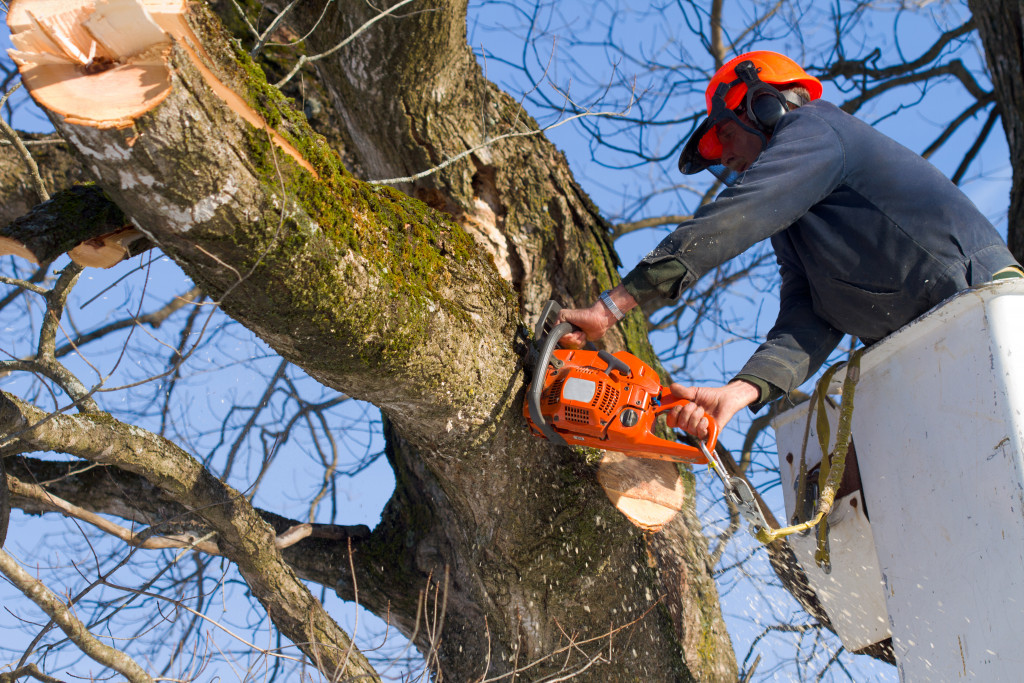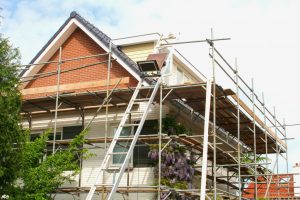Every day we make choices that have an impact on the environment. Some of these choices are small, like recycling or taking the bus, and some are bigger, like what kind of home we choose to live in.
Many people don’t realize that there are ways to make their homes more eco-friendly without major changes. By making a few simple changes, you can help reduce your impact on the environment and make your home safer and more comfortable.
Here are some eco-friendly practices to keep your home safe:
Use green cleaning products
Most people are concerned about the safety of their families and their homes. But did you know that the cleaning products you use could be putting your family at risk? Many household cleaning products contain harmful chemicals that contribute to respiratory problems, skin irritation, and even cancer. Fortunately, several eco-friendly alternatives are just as effective at cleaning your home but much safer for your family.
For example, you can replace harsh chemical cleaners with vinegar or baking soda for most general cleaning tasks. You can also use essential oils to make your own natural cleaning solutions. These eco-friendly options are safer for your family, but they’re also better for the environment. So next time you’re reaching for the cleaning supplies, ditch the chemicals and go green instead.
Recycle and compost
As more and more people become aware of the impact their daily choices have on the environment, they are looking for ways to reduce their carbon footprint. One way to do this is to recycle and compost. Recycling helps to reduce the amount of waste sent to landfills, and it also requires less energy to create recycled products than it does to produce new items from scratch.
Composting is another great way to reduce waste, as it turns food scraps and other organic materials into a rich fertilizer that can be used in gardens and landscaping. Recycling and composting are great for the environment, but they can also help you save money on garbage disposal fees and the cost of fertilizer.

Switch to energy-efficient appliances
If you want to do your part to reduce your impact on the environment, one of the best things you can do is switch to energy-efficient appliances. Energy-efficient appliances use less energy than traditional appliances, which means they’re better for the environment and save you money on your energy bill.
Some of the most energy-efficient appliances on the market include ENERGY STAR-qualified dishwashers, washing machines, and refrigerators. You can also find energy-efficient options for other appliances, such as air conditioners, furnaces, and water heaters. Energy-efficient appliances are better for the environment, but they can also help you save money on your energy costs.
Install LED light bulbs
Making your home eco-friendly doesn’t have to be complicated or expensive. Sometimes, it can be as simple as changing out your light bulbs. Traditional incandescent light bulbs are inefficient and generate a lot of heat. This wastes energy, but it can also be a fire hazard.
LED light bulbs are a much better option. They use less energy and produce very little heat. In addition, they last much longer than incandescent bulbs, so you won’t have to keep replacing them as often. Making the switch to LED bulbs is easy to make your home more eco-friendly and safe.
Get your pool maintained
If you have a swimming pool, it’s important to ensure it’s properly maintained. A well-maintained pool will look nicer, but it will also be safer and more energy-efficient.
One of the most important things to do is keep the water clean. This can be done by regularly testing and lowering the pH levels and chlorine levels. You should also vacuum the pool regularly to remove any debris accumulated on the bottom. In addition, it’s important to check the filters and make sure they are clean. A dirty filter can cause the pump to work harder, wasting energy.
Plant trees and gardens
Trees and gardens are aesthetically pleasing, but they also serve an important purpose in keeping your home safe. Trees can provide shade and windbreaks, protecting your home from the elements. In addition, trees and gardens can help absorb rainwater, helping prevent flooding.
Furthermore, plants can act as natural filters, removing pollutants from the air. As a result, by planting trees and gardens, you can help to create a safer and more sustainable home environment.
Final Thoughts
Each eco-friendly practice we’ve discussed can help you make your home safer and more comfortable to live in a while also reducing your impact on the environment. Making small changes like composting or installing LED light bulbs can greatly impact over time. By making a concerted effort to adopt eco-friendly practices, you can do your part to create a more sustainable future for generations to come.






